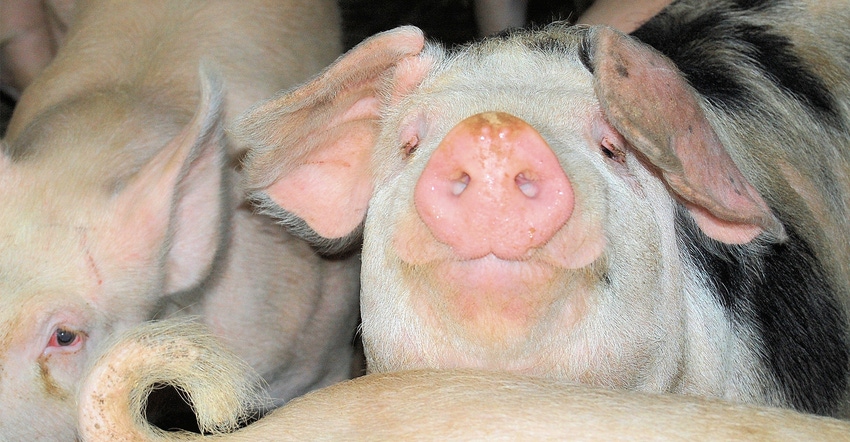January 22, 2018

Mandatory reporting to the National Reporting Center of manure-based ammonia or hydrogen sulfide emissions from barns and manure storages exceeding 100 pounds in any 24-hour period was supposed to begin on or shortly after Monday. But on Friday, EPA filed a motion in the D.C. Circuit Court of Appeals to extend the stay for another 90 days.
With no apparent opposition taken, it appears that reporting may not be required for at least 90 more days. So at this time, reporting is not required by the previously looming Monday potential deadline. At this point, Cornell ProDairy and the National Milk Producers Federation do not recommend reporting emissions of ammonia or hydrogen sulfide from barns and manure storages.
Is your farm under the rule?
Of the two air pollutants, ammonia emission will likely be the greater value triggering reporting. Based on ammonia emission, farm sizes likely to emit 100 pounds of ammonia daily are:
• 1,430-head dairy farms
• 1,020-sow gestation farms
• 1,818-head grow-finish facilities
• 26,240-broiler operations
• 28,200-layer or larger operations
University of Illinois Extension ag engineers devised a simple table of animal numbers that can help you decide if you fall within the mandatory reporting guidelines. If your farm participated in the EPA’s AFO Air Compliance Agreement and has made no changes to its operation since 2008, the farm is exempt from the guidelines.
Source: Cornell ProDairy
You May Also Like




